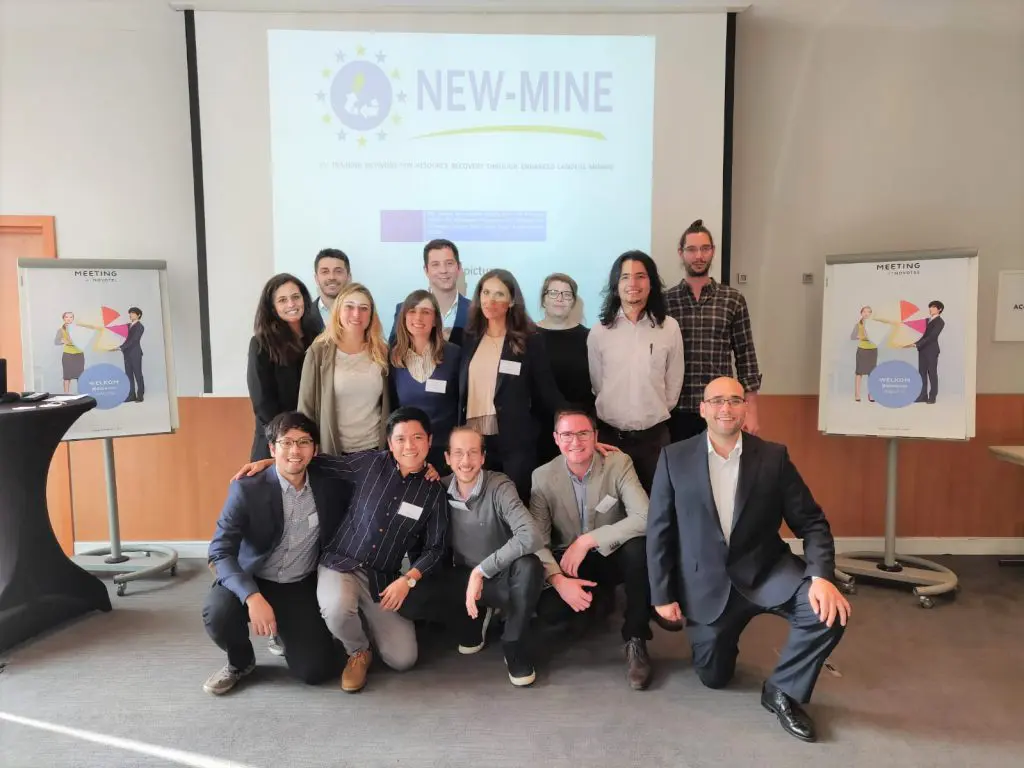An EU-backed project to investigate the recovery of materials from landfill sites is being hailed as a ‘missing link’ for the circular economy.
Europe has up 500 000 landfill sites, many predating the introduction of government regulations. They tend to be filled with municipal solid waste and lack modern landfill technology that will ultimately require costly remediation measures.
In 2016, the EU established the four-year NEW-MINE research project to look into different aspects of enhanced landfill mining (ELFM) that runs until 31 August.
Led by KU Leuven Institute for Sustainable Metals and Minerals in Belgium, the aim is to develop and integrate cutting-edge, eco-friendly ELFM technologies to recover resources such as materials, energy and land, while mitigating future environmental and health risks and avoiding significant remediation costs.
A century of waste
Dr. Lieven Machiels, coordinator of the project at the institute, says: ‘We consider ELFM to be the missing link to a CE. The Circular Economy Action Plan of the European Green deal focuses on a “sustainable products” policy that prioritises reducing and reusing materials before actually recycling them.’
‘Nevertheless, what is not yet addressed is the question of what Europe and other countries in the world will do with the vast amounts of industrial and consumer waste that have been disposed of in waste dumps and landfills over the past 100 years. ELFM has been proposed as an out-of-the-box approach to address how we can deal with the waste of the past.’
Technical streams are reviewing four different aspects:
- Innovative landfill exploration & mechanical processing
- Solar/Plasma/Hybrid thermochemical conversion
- Advanced upcycling
- Multi-criteria assessment for integrated ELFM concepts and technologies
Stadler ballistic separator
The project involves eight European universities and a number of companies from the private sector including sorting technology expert Stadler, which is contributing expertise and equipment.
Ulrich Sigmund, head of research and development at Stadler says: ‘An STT6000 Ballistic Separator was used in the first step of the mechanical treatment for the recovery of RDF and other recoverables, such as metals. The machine separated the output in three fractions – fines, rolling fraction and flat fraction – which were then treated separately in order to investigate further recycling possibilities.’
The next step in sorting
Dr. Cristina Garcia Lopez, a project researcher, adds: ‘Since the landfill waste is a very complex and heterogeneous material due to the amount of impurities, the ballistic separator provided us the opportunity of dosing the unsorted and unshredded excavated waste into three different material flows: potential RDF, 3D fraction and fines. It also allowed us to sort the landfill waste in its original size without shredding, avoiding the loss of small particles in the fine fraction – which required fewer steps.’
Don't hesitate to contact us to share your input and ideas. Subscribe to the magazine or (free) newsletter.



